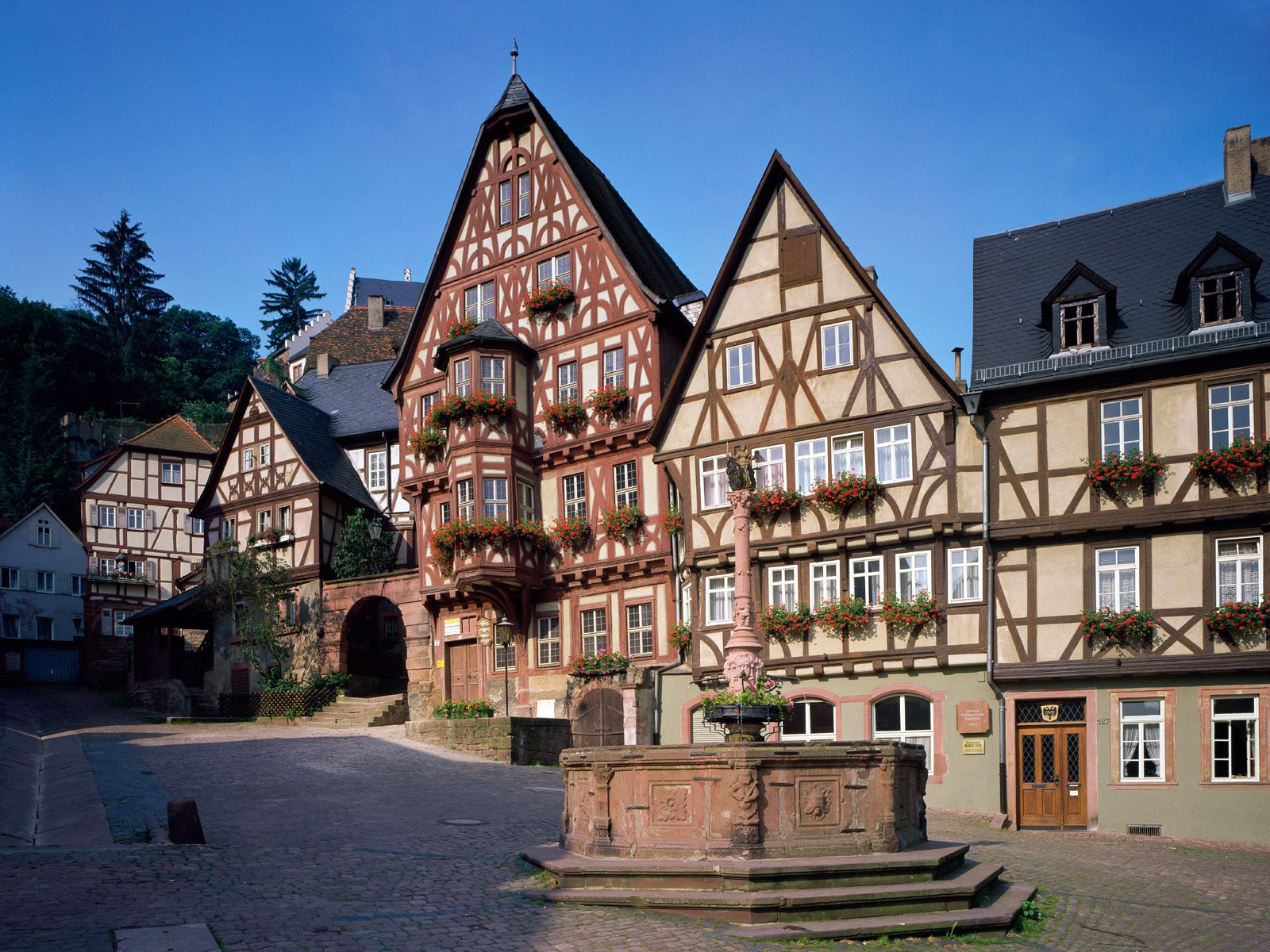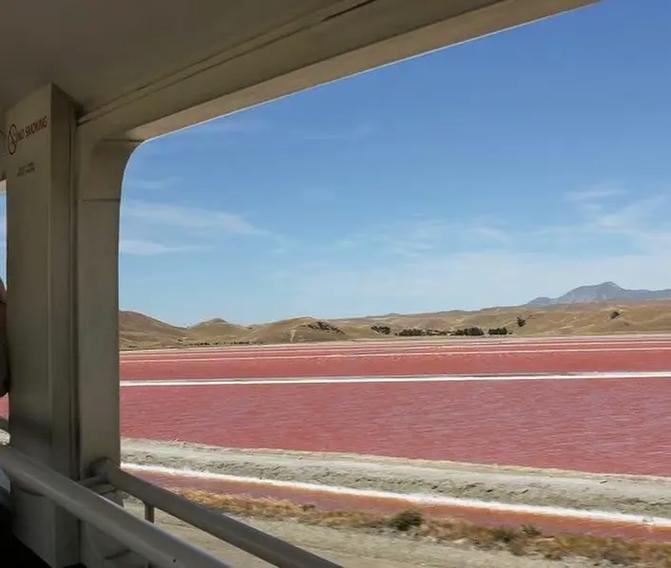Global Travel Information
Ruaha National Park, Tanzania
The Wild Heart of Tanzania: Exploring Ruaha National Park
Tanzania’s safari circuit is legendary, a constellation of names that ignite the imagination of travelers worldwide: the Serengeti, Ngorongoro, Tarangire. Yet, far from the well-trodden paths and lines of safari vehicles, lies a vast, untamed wilderness that represents the very essence of raw, unscripted Africa. This is Ruaha National Park, a place where the landscape itself seems to breathe with a primal energy, and the line between observer and participant in the drama of the wild feels thrillingly thin.
Spanning over 20,000 square kilometers—making it the largest national park in Tanzania and one of the biggest in Africa—Ruaha is a land of dramatic contrasts and breathtaking scale. It is the wild heart of the country, a sanctuary where ecosystems collide, mega-fauna roam in spectacular numbers, and the human footprint remains pleasingly light.
A Landscape of Giants and Ancient Spirit
The soul of Ruaha is inextricably linked to the Great Ruaha River, the park’s lifeblood. During the dry season (from May to November), this mighty river dwindles to a series of precious, scattered pools, becoming a magnet for life. Here, the drama of survival plays out in its most intense form. Herds of emaciated buffalo, their ribs showing through their hides, jostle for access to the muddy water, while watchful crocodiles bask on the banks, waiting for a moment of weakness. The air is thick with tension and the constant, low murmur of animals.
But the river is just one character in a richly varied topographic play. The park’s name is derived from the Hehe word "Ruvaha," meaning "river," but its landscapes tell a more complex story. Ancient baobab trees, their massive, silvery trunks looking like they were planted upside down by some celestial hand, stand as silent sentinels across vast miombo woodlands. These woodlands, a sea of green in the wet season and a carpet of copper and gold in the dry, cover over three-quarters of the park. Rocky kopjes, immense granite outcrops sculpted by millennia of wind and rain, punctuate the plains, providing lookout points for lions and leopards and hiding places for klipspringers. In the east, the Great Rift Valley escarpment offers staggering panoramic views, a reminder of the titanic geological forces that shaped this region.
This convergence of ecosystems—miombo woodland, savanna, riverine forest, and rocky hills—creates a biodiversity hotspot unlike any other in East Africa.
A Kingdom of Predators and Prey

Ruaha is renowned for its robust and healthy predator populations, offering some of the finest carnivore viewing on the continent. It is a stronghold for the iconic but endangered African lion, supporting one of the largest populations in the world. Prides here are often enormous, with coalitions of powerful males ruling over vast territories. The dry season, in particular, offers unparalleled viewing as lions congregate around scarce water sources.
Perhaps even more special is Ruaha’s status as a sanctuary for the African wild dog, one of the most endangered and charismatic predators on Earth. Seeing a pack of these painted wolves, with their intricate social bonds and breathtakingly efficient hunting strategies, is a rare and privileged sight, and Ruaha is one of their last remaining viable refuges.
Spotted hyenas are common, their whooping calls providing a haunting soundtrack to the night, while sleek cheetahs utilize the open plains for their high-speed chases. The elusive leopard is the park’s ghost, most often seen draped over a high branch in a sausage tree along the river, a kill cached safely nearby.
This abundance of predators exists because of the staggering number of prey animals. Ruaha boasts immense herds of buffalo and elephant; in fact, it holds the largest concentration of elephants in any East African national park. Towering giraffes, notably the handsome Masai giraffe, browse on acacia canopies, while Grant's and Thomson's gazelles flit across the grasslands. The park is also the southernmost limit for the beautiful beisa oryx and the northernmost for the sable and roan antelopes, a testament to its unique transitional location.
A Tapestry of Life Beyond the Mammals
While the "Big Five" (lion, leopard, elephant, buffalo, and, rarely, rhino) draw visitors, Ruaha’s wonders extend far beyond its mammals. The park is a birder’s paradise, with over 570 species recorded. From the enormous and prehistoric-looking ground hornbill to the vibrant lilac-breasted roller, the avian life is constant and dazzling. Carmine bee-eaters colony nest in the riverbanks, creating a riot of color, and fish eagles cry their iconic call over the water.
The smaller details, too, reward the patient observer: the intricate architecture of a termite mound, the flash of a agama lizard’s brilliant blue head, or the tracks of a honey badger etched into the dust, telling a story of a fearless nocturnal wanderer.
The Rhythm of the Seasons and the Authentic Experience
The experience of visiting Ruaha is fundamentally different from that of the northern parks. The limited number of camps and lodges, all small and exclusive, means true solitude is guaranteed. It is not uncommon to spend hours on a game drive without seeing another vehicle, allowing for an intimate and immersive connection with the wilderness. The guiding is exceptional, often conducted by experts with a deep, lifelong knowledge of the area’s intricacies.
The rhythm of a day in Ruaha is dictated by the sun and the animals. Mornings begin with the cool air filled with the scent of wild sage and the chorus of birds. Afternoons are spent in the shade, watching a waterhole, before venturing out again for a late drive that culminates in a sundowner against a sky ablaze with color, followed by a night drive spotlighting the park’s elusive nocturnal creatures.
The best time to visit depends on what one wishes to see. The dry season (May-November) offers the best general game viewing, as animals are concentrated around water. The landscape is harsh, dusty, and dramatic. The wet season (December-April) transforms the park into a lush, green paradise. The migrant birds are present, newborn animals dot the plains, and the skies are dramatic with building storms. While animals are more dispersed, the photography opportunities, with clear air and vibrant colors, are sublime.
Ruaha National Park is not merely a destination; it is an experience. It is for the traveler who seeks not just a checklist of animals, but a feeling—the profound sensation of being a small part of a vast, ancient, and untamed world. It is raw, it is real, and it is the unforgettable, beating wild heart of Tanzania.
相关文章
- Elbe River Archaeological Sites: Ancient Finds Near the Water
- Elbe River Botanical Gardens: Flowers & Plants Along the Banks
- Elbe River Zoos & Aquariums: Family Fun Near the River
- Elbe River Amusement Parks: Rides with River Views
- Elbe River Camping Spots: Pitch a Tent by the Water
- Elbe River Glamping Sites: Luxury Camping Along the Banks
- Elbe River RV Parks: Stay in Your Camper Near the River
- Elbe River B&Bs: Cozy Accommodations with a Personal Touch
- Elbe River Hostels: Budget Stays for Young Travelers
- Elbe River Business Travel Guide: Meetings & Events Near the Water
发表评论
评论列表
- 这篇文章还没有收到评论,赶紧来抢沙发吧~


